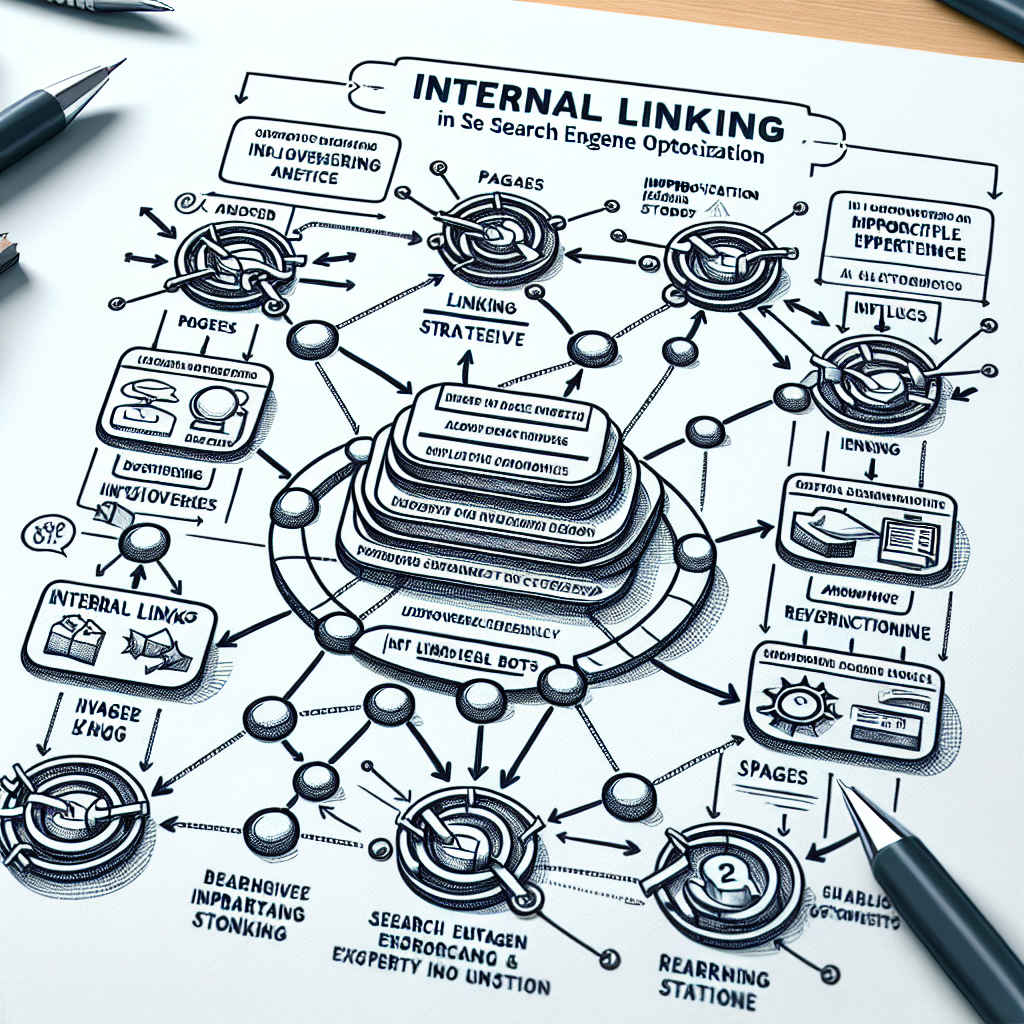Have you ever wondered how search engines determine the ranking of websites? One important factor that plays a crucial role in this process is internal linking. Internal linking refers to the practice of linking one page on a website to another page within the same website. This article will delve into the significance of internal linking in SEO and how it can impact the visibility and performance of your website. Whether you are a website owner or a digital marketer, understanding the role of internal linking in SEO is essential for boosting your online presence. Internal linking plays a crucial role in SEO by improving website navigation, spreading authority and PageRank, optimizing crawling and indexing, enhancing user experience, increasing time on site, reducing bounce rate, enhancing keyword relevance, promoting content discoverability, supporting website architecture, and boosting SEO performance. In this comprehensive article, we will explore each of these roles in detail to understand the importance of internal linking in SEO.
Improving Website Navigation
Internal linking is an effective way to improve the navigation of your website. By strategically linking relevant pages within your website, you provide users with a clear and logical path to follow. This helps them easily find the information they are looking for, enhancing their overall experience on your website. Additionally, proper internal linking ensures that search engine crawlers can effectively navigate and index your website, leading to better search engine rankings.

Spreading Authority and PageRank
Internal linking allows you to spread authority and PageRank within your website. When you link to a page from another page within your website, you are passing authority and PageRank to that page. This helps search engines understand the importance and relevance of the linked page, potentially improving its visibility in search results. Additionally, internal linking helps search engines discover and index new or updated content more quickly, further boosting the visibility of your website.
Optimizing Crawling and Indexing
Internal linking plays a vital role in optimizing the crawling and indexing of your website. By providing clear and easily accessible pathways between pages, you ensure that search engine crawlers can discover and understand the structure and content of your website. This helps search engines index your website more effectively, leading to improved visibility in search results.

Enhancing User Experience
Internal linking contributes to enhancing the user experience on your website. By providing relevant and contextual links within your content, you help users navigate your website smoothly, enabling them to find additional information or related content easily. This not only increases user engagement but also encourages them to spend more time on your website.
Increasing Time on Site
Internal linking can significantly increase the time users spend on your website. By linking related or interesting content within your pages, you encourage users to explore further and delve deeper into your website. The more time users spend on your website, the higher the chances of conversions or achieving your desired goals.

Reducing Bounce Rate
One of the primary benefits of internal linking is its ability to reduce bounce rate. Bounce rate refers to the percentage of visitors who leave your website after viewing only one page. By providing relevant internal links within your content, you offer users alternative pages and opportunities to continue their journey on your website. This reduces the likelihood of them bouncing off your site, thereby improving your website’s overall performance.
Enhancing Keyword Relevance
Internal linking can enhance the keyword relevance of your website. By strategically linking pages with relevant anchor texts, you signal to search engines the topical relationship between those pages. This helps search engines understand the relevance of your content and can potentially improve your rankings for targeted keywords.

Promoting Content Discoverability
Internal linking is an effective strategy for promoting the discoverability of your content. By linking to new or underperforming pages from high-traffic or well-ranking pages, you increase the visibility of those pages to both users and search engines. This not only helps drive traffic to those pages but also ensures that they are more easily discovered and indexed by search engines.
Supporting Website Architecture
Internal linking supports and promotes a well-structured website architecture. By linking pages hierarchically and logically, you help search engines understand the organization and hierarchy of your website. This makes it easier for search engines to navigate and index your content, leading to improved search engine rankings.
Boosting SEO Performance
Overall, internal linking plays a vital role in boosting the SEO performance of your website. By improving website navigation, spreading authority and PageRank, optimizing crawling and indexing, enhancing user experience, increasing time on site, reducing bounce rate, enhancing keyword relevance, promoting content discoverability, and supporting website architecture, you can greatly improve your website’s visibility and rankings in search engine results.
In conclusion, internal linking is an essential aspect of SEO that should not be overlooked. By strategically linking relevant pages within your website, you can improve website navigation, spread authority and PageRank, optimize crawling and indexing, enhance user experience, increase time on site, reduce bounce rate, enhance keyword relevance, promote content discoverability, support website architecture, and boost overall SEO performance. So, make sure to incorporate internal linking into your SEO strategy to maximize the potential of your website.


